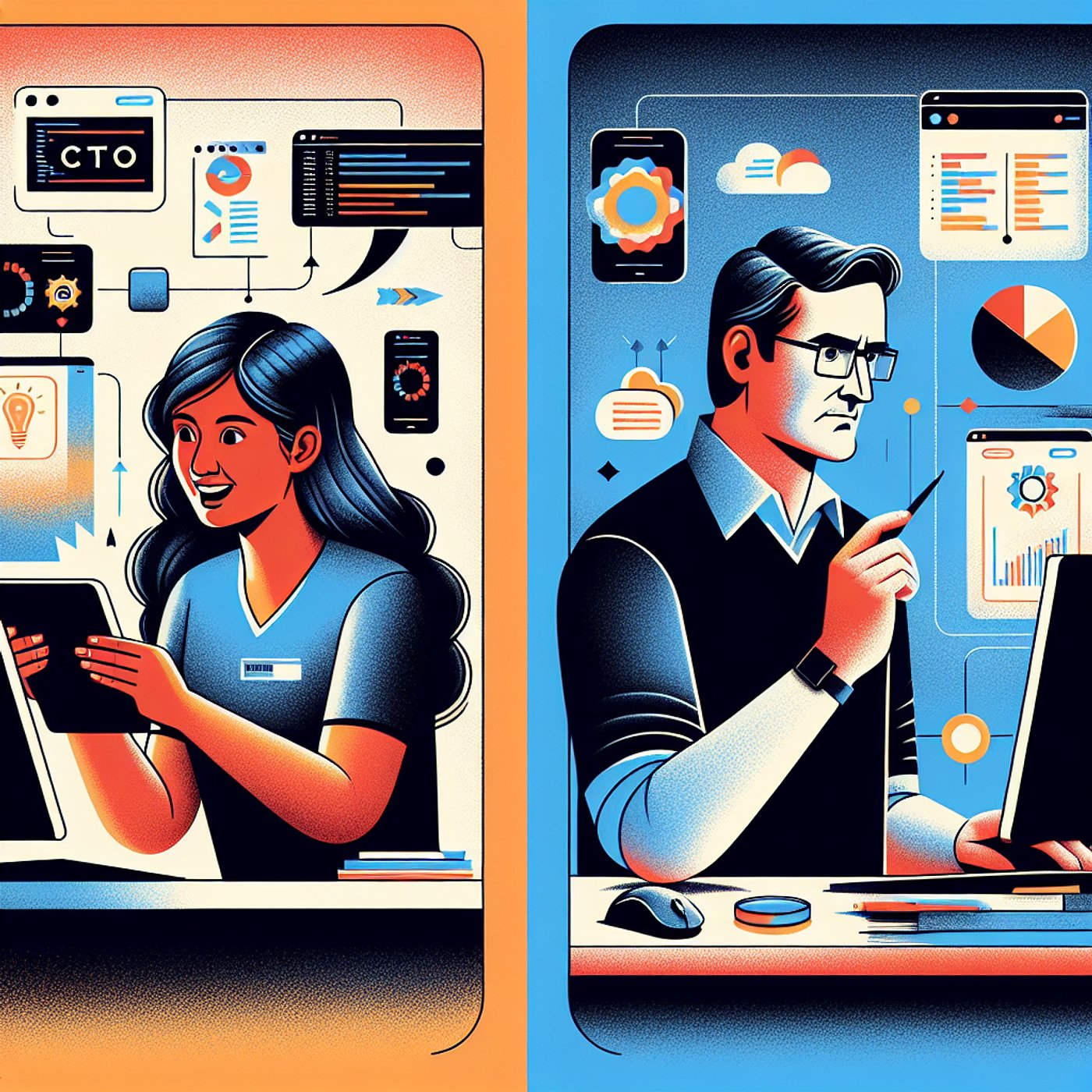
Selling to Users Who Aren't Buyers
Description
In this episode of Business Unusual, host dives into the challenge of selling products when the user isn't the decision-maker. Featuring expert Nate Ritter, we explore scenarios where developers use software while CTOs make the purchasing decisions. Nate shares insights on navigating this dynamic in both small and large organizations, emphasizing the need to align sales strategies with the priorities of decision-makers, such as security and compliance. Learn how to effectively communicate the value of your product to those who matter most in the buying process. Discover key strategies for bridging the gap between users and buyers, ensuring your product gets the attention it deserves.
Show Notes
## Key Takeaways
1. Understand the distinction between users and decision-makers in sales.
2. Focus on the priorities of the buyer, such as security and compliance.
3. Tailor your sales pitch to address the concerns of decision-makers.
## Topics Discussed
- User vs Buyer dynamic
- Selling in small vs large organizations
- Importance of aligning sales strategies with buyer priorities
Topics
Transcript
Host
Welcome back to another episode of Business Unusual! Today, we're diving into a fascinating topic: how to sell your product when the person using it isn't the one making the purchase decision. Joining us is Nate Ritter, a seasoned expert in the field. Nate, welcome!
Expert
Thanks for having me! I'm excited to be here.
Host
So, Nate, you recently wrote about this 'user is not the buyer' challenge, right? Can you explain what that means for our listeners?
Expert
Absolutely! Imagine a tech company where developers are the ones using a software product, but the CTO or a Director of Engineering is the one who decides whether to buy it. It creates a disconnect because you have users who love the product, but the decision-makers may not fully understand its value.
Host
That sounds tricky! What are some scenarios that illustrate this dynamic?
Expert
Great question! In smaller organizations, the structure is often flat, and developers have a lot of influence. They're the ones pushing for tools that help them work faster. For instance, a developer might set up a free account of a software tool to get things done without waiting for approval from the CTO.
Host
So, in that case, the developer has more power than the CTO?
Expert
Exactly! The CTO is focused on reducing time to market, so if a developer can show that a tool helps with that, they might just get it implemented. It’s all about who has the leverage in that situation.
Host
And what about larger organizations? Is it different there?
Expert
Yes, in larger companies, it's often the opposite. The CTO or upper management holds the power because they have to consider factors like security and compliance. Users can’t just install software on their own; they need to go through a vetting process.
Host
So, it’s a longer sales cycle in those cases, right?
Expert
Exactly! You have to approach it differently and focus on the overarching concerns of the decision-makers, like security risks, rather than just the user experience.
Host
That makes sense. So how do you effectively communicate with these decision-makers?
Expert
It comes down to understanding their constraints and speaking their language. If security is their main concern, you need to highlight how your product addresses those issues, rather than just how it benefits the developers.
Host
Interesting! So, it really shifts the focus of the sales pitch.
Expert
Absolutely. It’s not just about showing off the product; it’s about demonstrating its overall value in the context of the decision-maker's priorities.
Host
Great insights, Nate! So, to wrap up, what’s the key takeaway for our listeners?
Expert
The key takeaway is to identify who truly has the power in the buying process. It’s not always the person with the credit card, but rather who has the leverage, constraints, and motivation to push the decision through.
Host
Thank you, Nate! This has been such an enlightening conversation. I’m sure our listeners will find these tips invaluable. Until next time, folks!
Create Your Own Podcast Library
Sign up to save articles and build your personalized podcast feed.